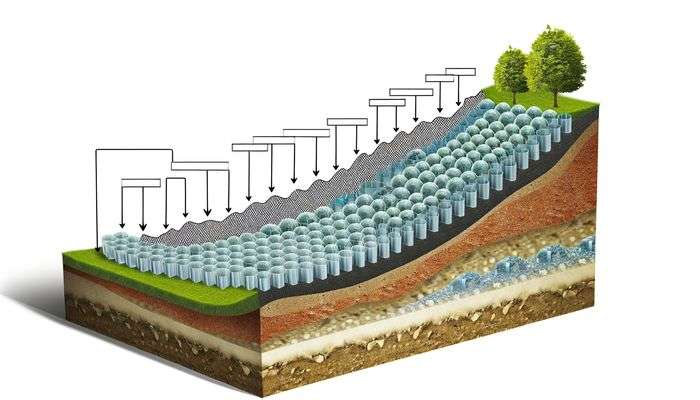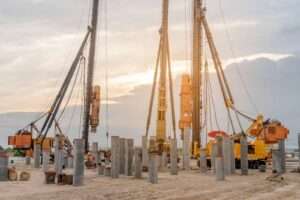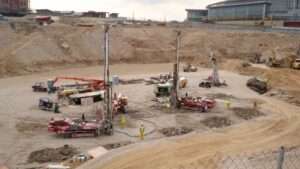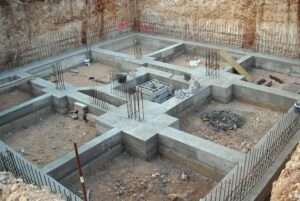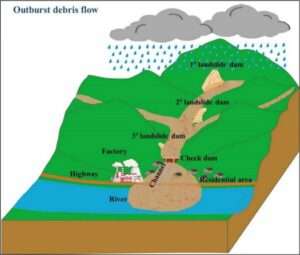Slope stabilization is critical in preventing landslides, soil erosion, and other geotechnical failures in natural and built environments. The stability of a slope depends on various factors, including soil composition, vegetation, water content, and external forces. Effective strategies for slope stabilization integrate engineering, environmental, and geotechnical approaches to ensure long-term resilience. Below, we explore key techniques and considerations for achieving stable slopes.
Understanding Slope Instability
Slope instability arises from several factors, including:
1.Soil Properties: Weak, loose, or highly saturated soils are prone to sliding.
2.Water Infiltration: Excess water reduces soil cohesion and adds weight, increasing the risk of failure.
3.Vegetation Loss: Removing vegetation reduces root reinforcement and increases erosion potential.
4.External Loads: Construction activities, heavy vehicles, and seismic forces can destabilize slopes.
By identifying these triggers, engineers can develop targeted stabilization strategies.
Engineering Solutions
1.Retaining Structures:
-
- Gravity Retaining Walls: Use their weight to resist soil pressure.
- Reinforced Retaining Walls: Incorporate materials like geogrids or steel to enhance strength.
- Anchored Walls: Employ anchors to provide additional support.
2.Slope Reinforcement:
-
- Soil Nailing: Reinforcing slopes with steel bars inserted into pre-drilled holes.
- Geosynthetics: Utilizing geotextiles, geomembranes, or geogrids to improve soil stability.
3.Drainage Systems:
-
- Installing surface drains, sub-surface drains, or interceptor drains to manage water infiltration and flow.
Environmental and Natural Solutions
1.Vegetation Establishment:
-
- Planting grasses, shrubs, or trees to stabilize soil with root systems and reduce surface erosion.
2.Bioengineering Techniques:
-
- Combining plants with engineering methods, such as live staking and fascines, to improve slope stability naturally.
3.Terracing and Contouring:
-
- Shaping slopes into steps or curves to minimize water runoff and soil movement.
Advanced Geotechnical Methods
1.Grouting:
-
- Injecting cement or chemical grouts into soil to increase cohesion and strength.
2.Rock Bolting:
-
- Securing unstable rock faces with high-strength bolts.
3.Micropiles and Soil Anchors:
-
- Installing deep foundations to transfer loads and resist slope movements.
Monitoring and Maintenance
Regular monitoring ensures the effectiveness of stabilization measures over time. Technologies such as inclinometers, piezometers, and satellite imagery help detect early signs of slope instability. Maintenance, including vegetation management and drainage cleaning, is crucial to sustaining stability.
Conclusion
Effective slope stabilization requires a multi-disciplinary approach combining engineering solutions, environmental strategies, and advanced geotechnical methods. By addressing the root causes of instability and implementing tailored interventions, professionals can safeguard slopes, protect infrastructure, and preserve the environment.


